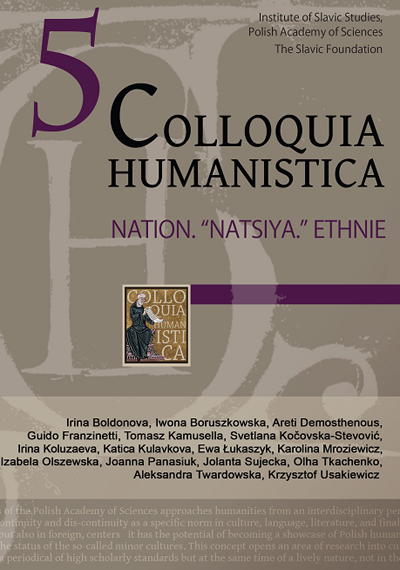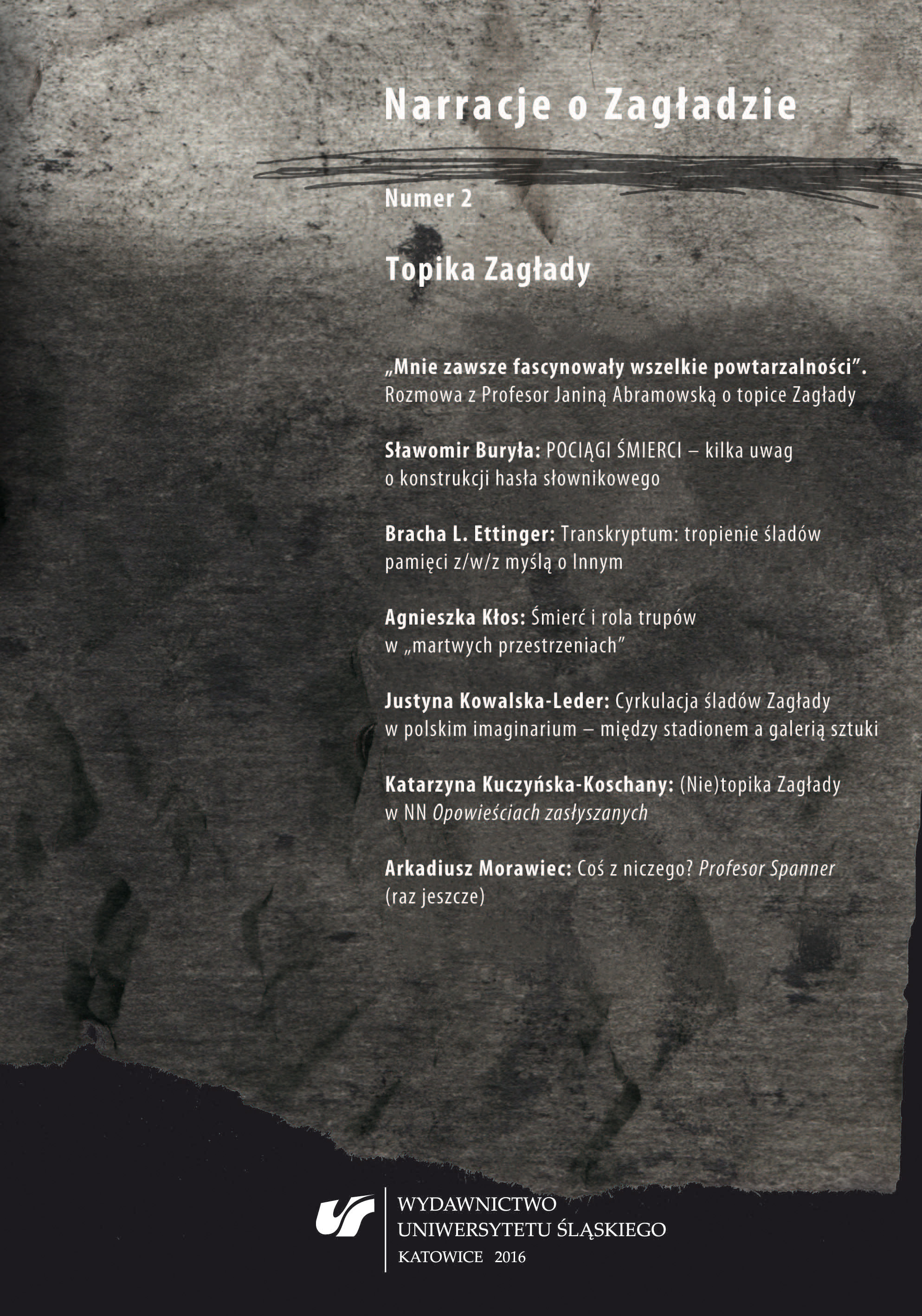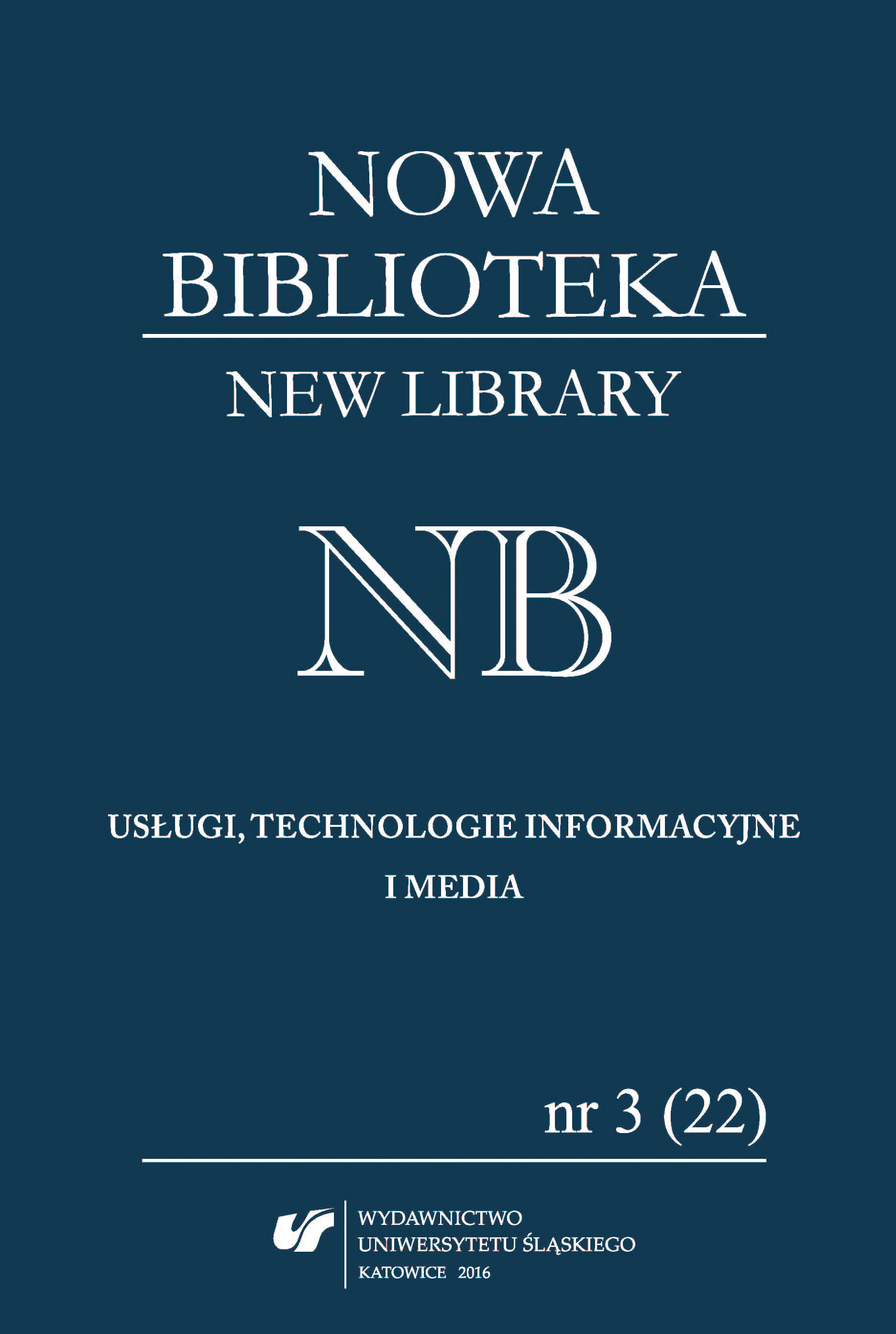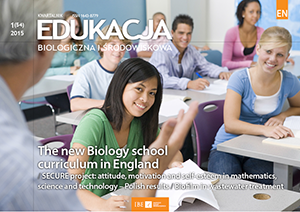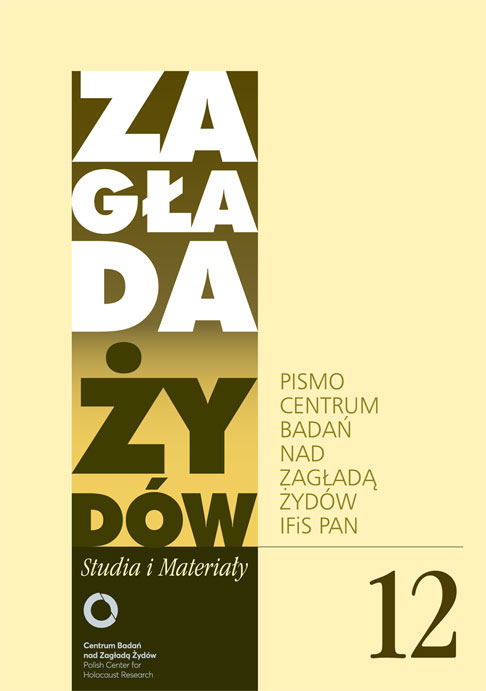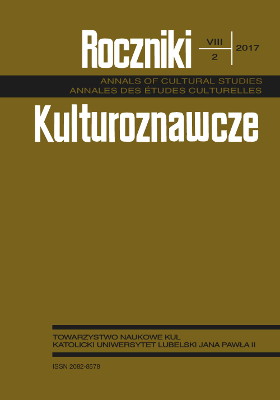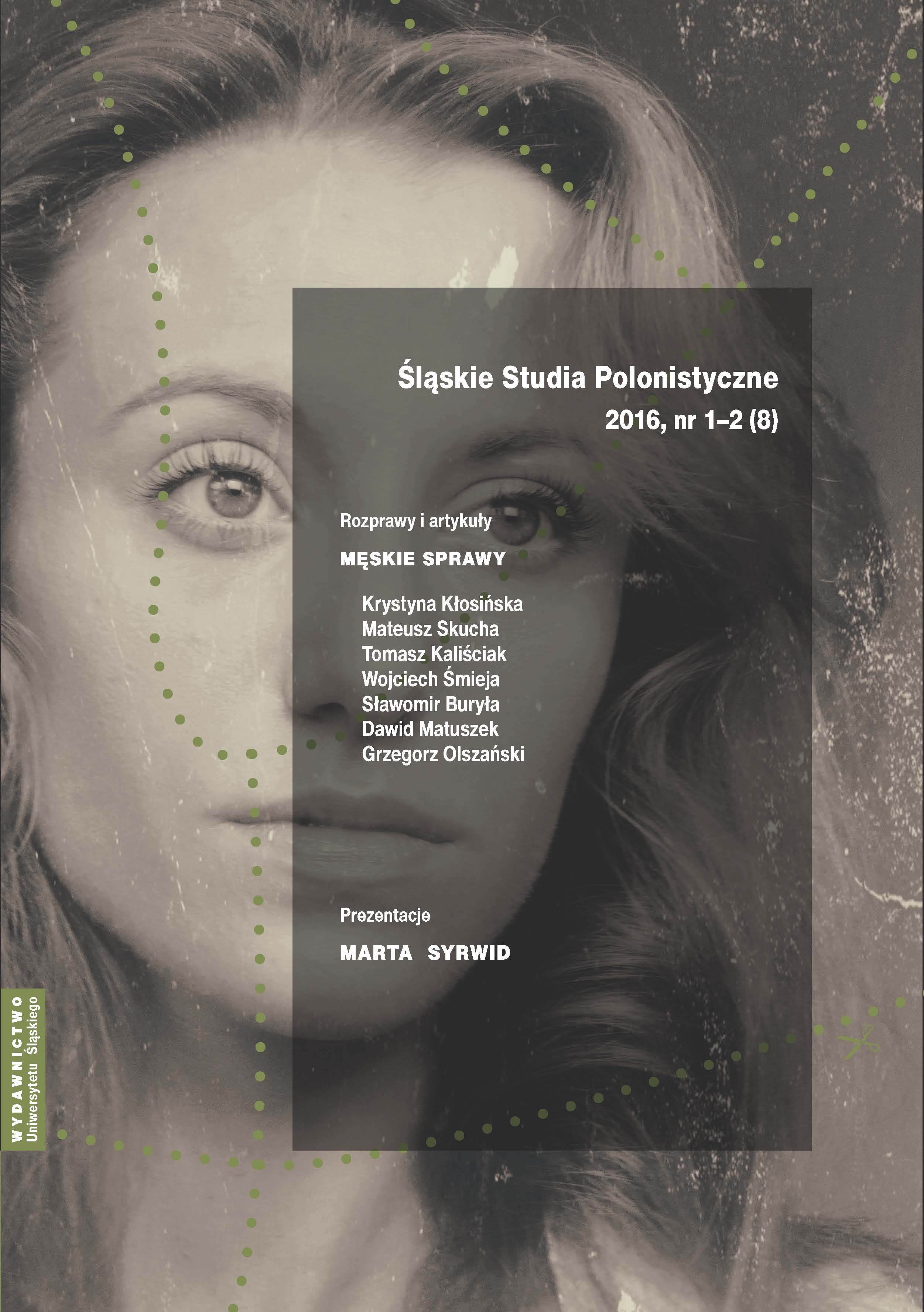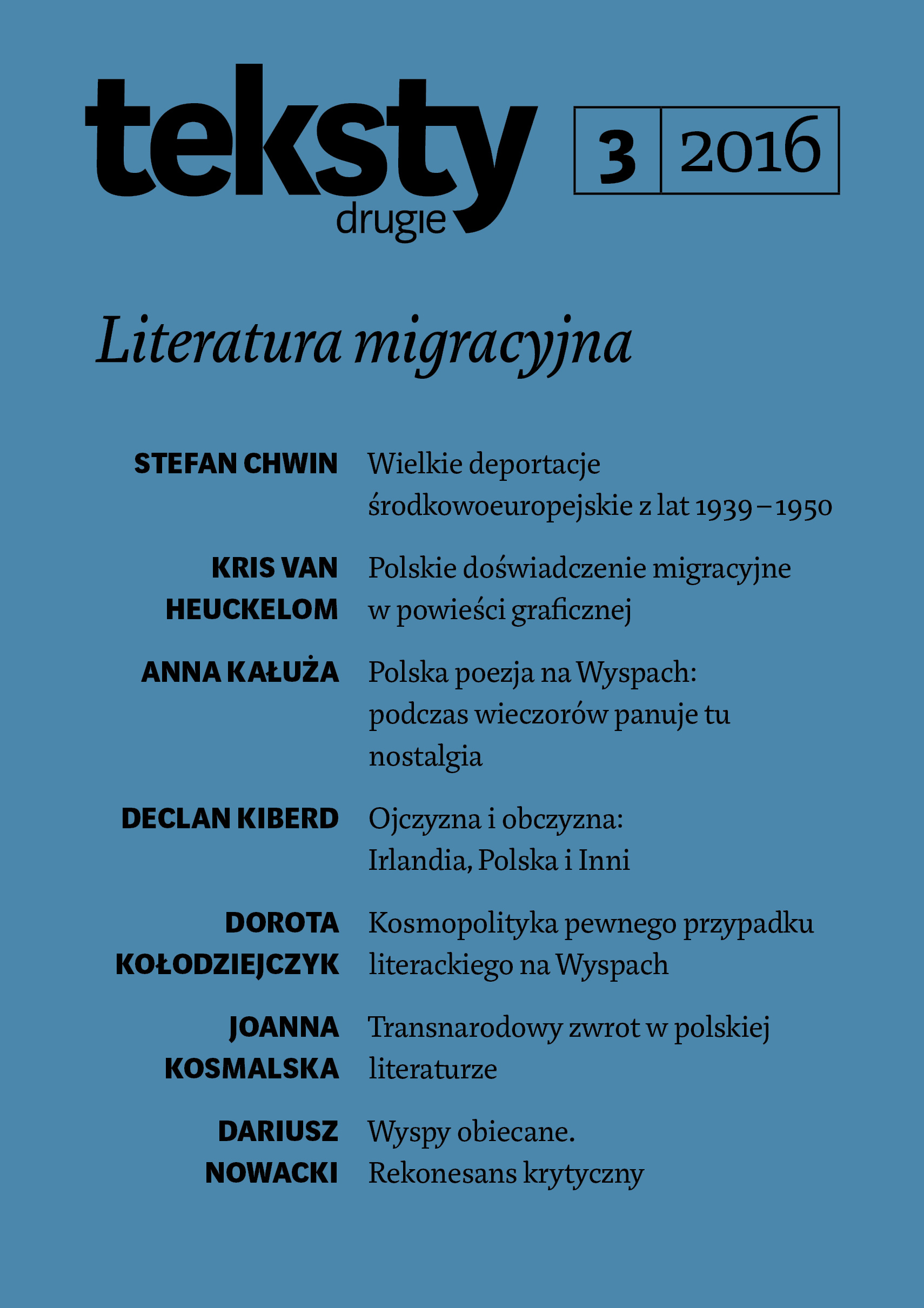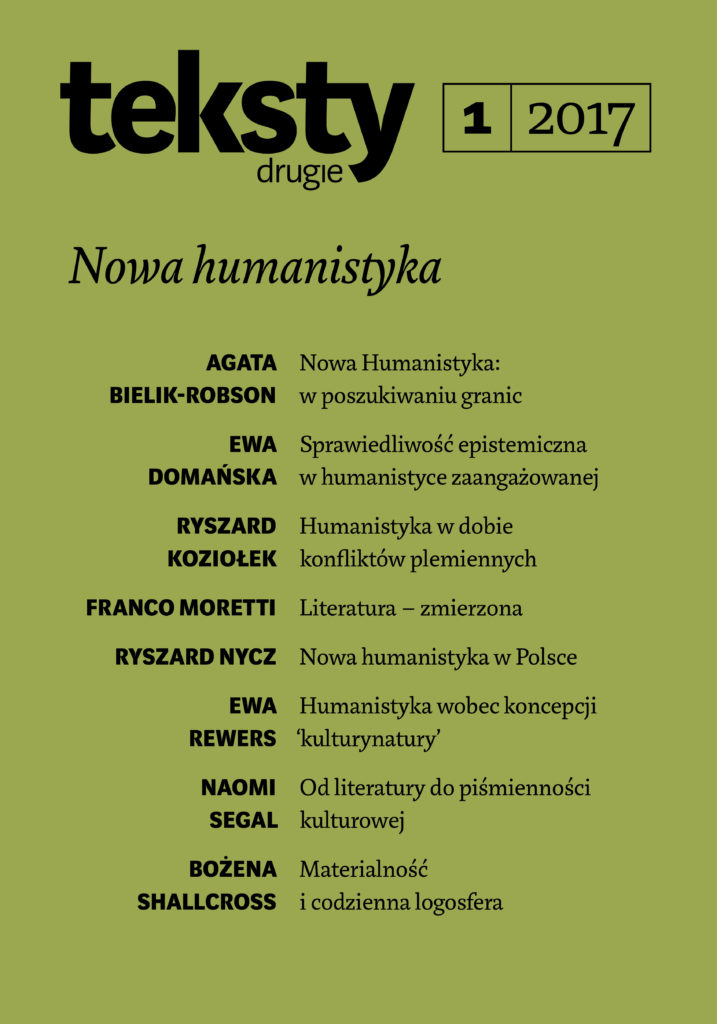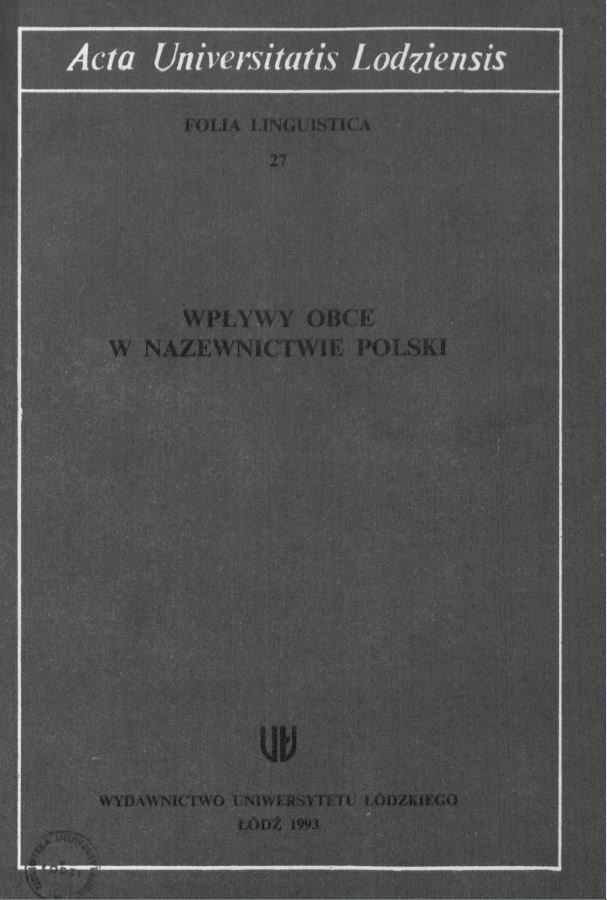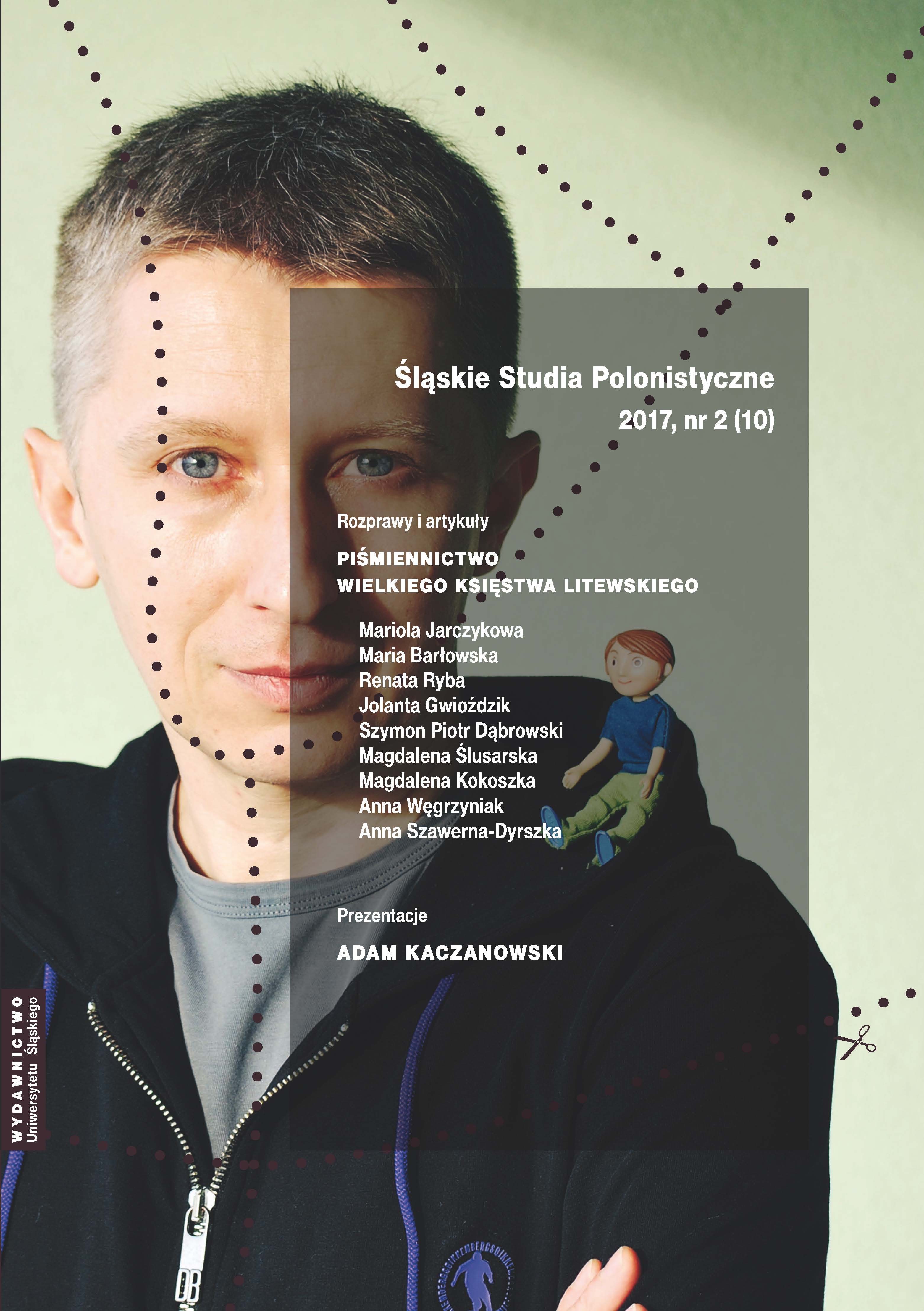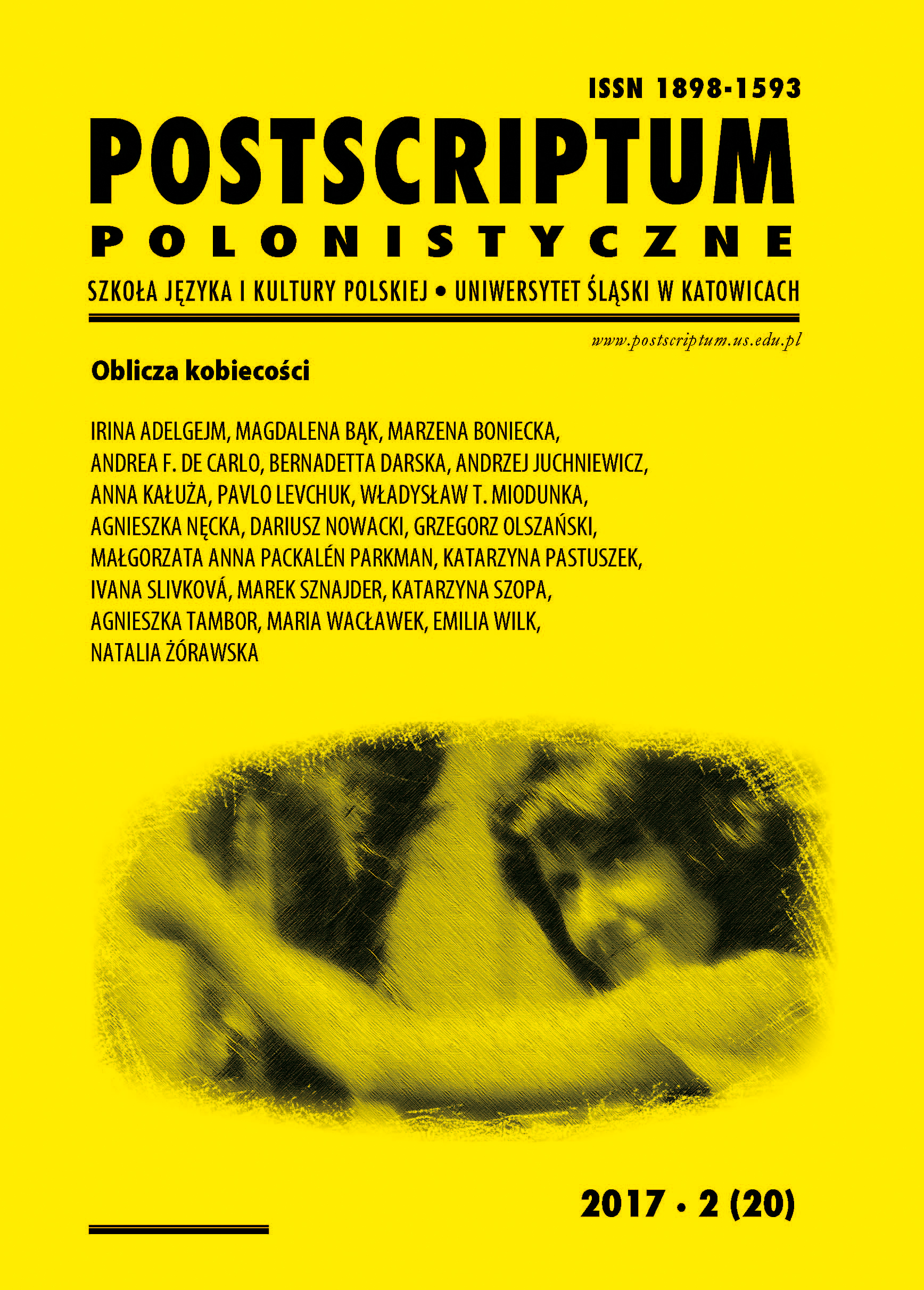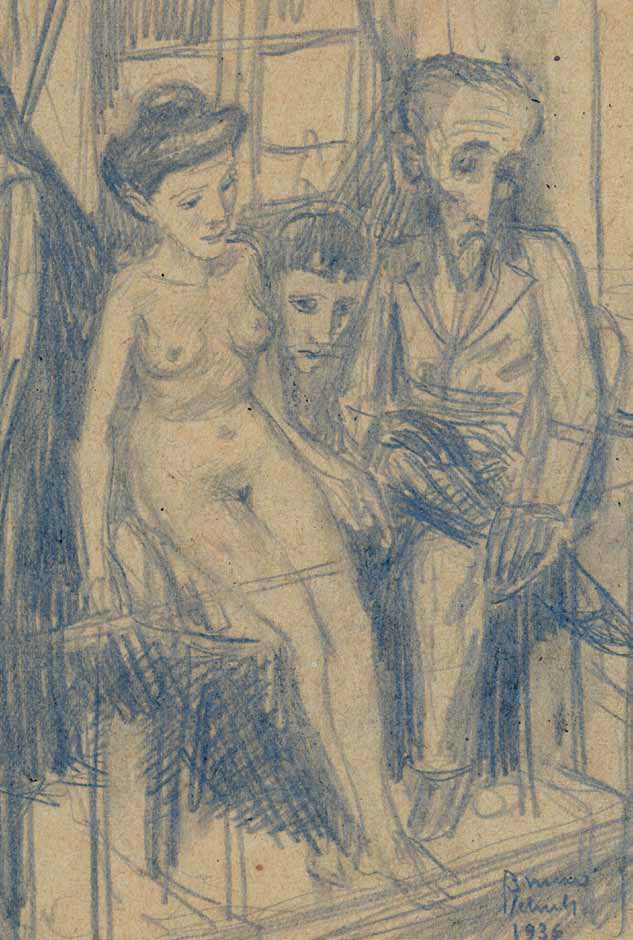
Sierpniowe inicjacje. Obrazy kobiet w „Sierpniu” Brunona Schulza
Even though Bruno Schulz repeatedly criticized psychoanalysis, one may discover inhis fiction many traces of Freud’s theory. The writer from Drogobych not only proposed his own version of the Oedipal drama, but also explored perversions and fetishism aswell as various forms of compensation within a family based on radically different personalities of the father and mother. Dybel comes up with a psychoanalytic reading of“August,” the opening story of "Cinnamon Shops". He approaches it not just as a starting point of Schulz’s fiction, deeply rooted in the writer’s correspondence with Debora Vogeland others, but as its climax, at least as far as the libidinal power of nature embodied by women is concerned. Schulz presents in “August” five portraits of womanhood – from still innocent Lucia to monstrously fertile Agata – which constitute the femaleSuperego and Id, and even go beyond this division. By contrast, Dybel’s psychoanalyticinterpretation includes also weak or absent men from whom the protagonist, whether he likes it or not, must learn about life and complete his rite of passage.
More...
